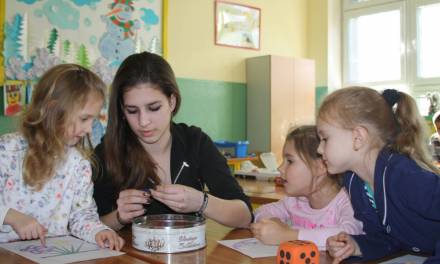Evidence of learning is one of the most important benchmarks within teaching. It’s a tool which is part of the whole educative experience for all involved; learner, teacher and perhaps at times the observer. This evidence can be gathered through a range of ways, but the cornerstone of all is the setting of goals and targets.
By undertaking this work at different stages of the term or course; during the scheme of work and lesson planning and at set points as an evaluation tool, it is a way for the future planning of learning.
Why is it important to set goals and targets?
Goals and targets enable all involved in the teaching process – including the students – to be able to track, monitor, analyse and evaluate progress.
Those set should be SMART – Specific, Measurable, Achievable, Relevant and Time bound so that everyone who is involved in the teaching framework has a standardised way of seeing how the goals and targets are both general in terms of the desired outcome for the group but also personalised in order to offer differentiated goals for students within their own pace of learning.
Without goals and targets, it is impossible to measure achievement, success and learning as there is no starting point to reflect on so it is a vital part of the teaching planning for all.
How should goals and targets be set?
Goals and targets should not be imposed without considering the individual needs of the group the teacher is working with. Whilst there will be set curriculum areas to cover within a certain timeframe and these themselves are the most important starting points, goals and targets can – to a large degree – be part of a consultative process.
Negotiation with either the class or with individuals will mean that they feel part of their learning outcomes and they can voice where they feel they would like to be within the following weeks or months and they can also discuss any concerns about any issues which they may believe could hinder them in achieving the required work.
The place to start with setting goals and targets is that they should be focused around qualitative and quantitative gathering of evidence around what is currently working well and where the areas for further development are.
The setting of targets is not about compliance with school or educative policies; rather it should always be seen as a self-management tool to push forward the required strategic planning of the school, the class or the individual.
What goals and targets should be set?
In theory, this is a straightforward task, but the reality can be different as when it comes down to achieving success in a group of learners all with different needs which can change as time goes on.
Goals and targets should be realistic and challenging within the range of learning capabilities of the group or individual. A target which is too easy is just as likely to demotivate as one which is unrealistically difficult.
How should goals and targets be evaluated?
Performance needs to be monitored on a regular basis and ideally at set stages of the learning. The very minimum should be at the beginning, the mid-point and the end to show a starting level of knowledge, evidence of improvement and reflection on overall success.
Goals and targets should always be taken seriously but at the same time, be used as a positive teaching and learning process. A target which is not met should never be met with purely negative feedback, more an opportunity for future planning and to evaluate the specific areas of teaching and learning where improvement is needed.
Focus on the success, create a rich assessment and look to share the learning with others where possible and appropriate to enjoy the success of the outcomes.









